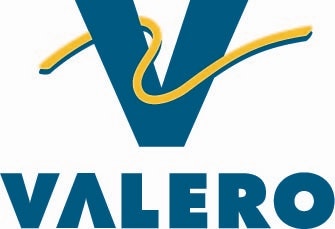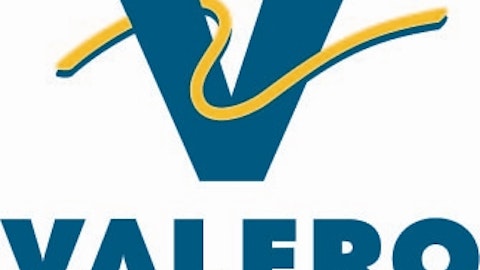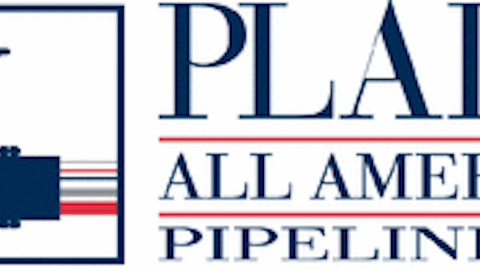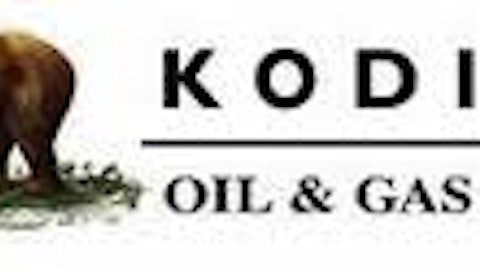Refiners have enjoyed one of the best years in a long time thanks to cheap domestic crude coming out of the middle of the country. We already know how the big guns faired — Valero Energy Corporation (NYSE:VLO) churned out operating income of $1.6 billion; Tesoro Corporation (NYSE:TSO) increased revenue to $8.2 billion — but last week we got to see how a smaller refining outfit fared in 2012. But size isn’t the only factor here. Keep in mind that two of the three facilities at PBF Energy Inc (NYSE:PBF) are located on the East Coast, a region that has been known in recent years as one of the hardest place in the U.S. to run a profitable refinery. On Friday, an analyst at Dahlman Rose reaffirmed the buy rating on PBF and slapped a $48 price target on this young stock. Let’s take a closer look at PBF’s earnings to see what all the fuss is about.

General rundown
Right off the bat, CFO Matthew Lucey acknowledges that GAAP earnings will cover only the 14 days of post-IPO operations in 2012, so we got adjusted pro forma net income and EPS instead. With that, adjusted pro forma net income for the fourth quarter was $166 million, up from a loss of $112 million in 2011. Adjusted pro forma EPS came in at $1.70.
Operating income for the full year 2012 was $920 million, which demolished 2011’s $306 million. It should be noted that 2012 featured 12 months of operations for its three refineries, which was not the case in 2011. That year the Toledo refinery ran for only 10 months and the Delaware City refinery was only made fully operational by October.
Q4: Digging deeper
Management attributes the big boost in operating income to higher crack spreads and stronger crude differentials systemwide. That’s no surprise, remember, given the year that the refining industry has had. PBF Energy Inc (NYSE:PBF)’s margins are almost absurd: Systemwide refining margin was $13.04 per barrel, compared with $1.61 per barrel a year ago. Remember that for most of the year, the East Coast facilities were not getting the super-cheap oil that all the other refining outfits enjoyed.
On a micro-level, operating costs were down as energy and utility expenses fell, which helped PBF’s performance as well.
The overall throughput rates for the whole PBF system averaged 461,000 barrels per day: 147,000 bpd at the Mid-Continent (Toledo), and 314,000 bpd on the East Coast. Which brings us right back to those delightful margins. On the East Coast, realized margins were about $8.53 per barrel. In Toledo, that number was $22.71 per barrel. Here you see just how significant it is to be able to refine that cheap domestic crude, and why so many East Coast refineries have shut their doors in the past.
PBF’s East Coast margins should improve in 2013 as it takes advantage of its new crude unloading rail facility at the Delaware City refinery. Cheap crudes from Canada and North Dakota will hitch a ride on the train to Delaware and margins will improve provided the WCS and WTI discounts to Brent remain in place. PBF’s rail facilities give it a tremendous competitive advantage over other East Coast refiners that are forced to import their feedstock at a much higher price, again, as long as those differentials continue to exist.
A look ahead
The future looks bright at PBF, which is why the company is already ahead of the dividend-paying schedule it laid out in its IPO prospectus. A strong long-term outlook has allowed management top its planned $0.20 per share after the first quarter of 2013 and announce it will pay a fourth quarter dividend of $0.30 per share.
The company anticipates that it will spend between $250 million and $275 million on capital expenditures in 2013. Plans include a heavy crude unloading rack at the Delaware City refinery, and a 45-day turnaround of the coker at the same facility.
PBF laid out exactly what it results it expects to generate in the first quarter, which will make it easier to evaluate the company’s performance this spring. Mid-continent throughput is expected to average 120,000 to 130,000 barrels per day. East Coast operations should be closer to 330,000 to 340,000 per day.
For the year, PBF is expecting operating cost per barrel in the neighborhood of $4.20 to $4.30. A fire at its Toledo refinery forced the facility to run at reduced rates, which will affect the company’s operating cost per barrel in the first quarter. This is to be expected in this industry. For example, operating costs for the full year 2012 were $4.36 per barrel, but $4.74 per barrel in the fourth quarter because of reduced rates run before and after Hurricane Sandy.
Foolish takeaway
We have watched refiners enjoy a sustained period of profitability, thanks not only to cheap domestic crudes, but cheap natural gas that allows these intense facilities to run on inexpensive energy, as is the case with PBF, but not the case with, say, refineries in the Caribbean or Western Europe. Going forward, PBF Energy’s efforts to secure cheaper feedstock via rail, combined with its locations on the energy-thirsty East Coast, should bode well for an increasingly profitable future.
Companies such as Kodiak Oil & Gas Corp (USA) (NYSE:KOG) are helping to drive the resurgence of North American crude oil production. Kodiak is a dynamic growth story, but with great opportunities come great risks. Before you hitch your horse to this carriage, let us help you with your due diligence. To see whether Kodiak is currently a buy or sell, check out our new premium report, which comes with a year of timely updates and analysis.
The article A Closer Look at PBF Energy’s Earnings originally appeared on Fool.com and is written by Aimee Duffy.
Fool contributor Aimee Duffy has no position in any stocks mentioned. Click here to see her holdings and a short bio. If you have the energy, follow her on Twitter, where she goes by @TMFDuffy.The Motley Fool has no position in any of the stocks mentioned.
Copyright © 1995 – 2013 The Motley Fool, LLC. All rights reserved. The Motley Fool has a disclosure policy.




